Acrylic Painting strategies for success can mean a lot of different things when teaching young artists how to paint. The setup and clean up alone can frustrate even the most seasoned educator. So how do we plan projects, buy supplies, formulate classroom procedures and set expectations so that students have optimal painting success? I’m about to tell you all of these things, and how they work together to give you a kickin’ painting program that both you and the kids will both enjoy. Day in and day out.
But first, a little backstory.
Introduction to Logic. Hands down – the most valuable college course in my educational career. We’ll get to why in a moment.
You probably don’t know this if you are new to the blog, but I went back to school to be an Art Teacher at the age of 35.
My daughter was 10, I had a degree in Political Science that was collecting dust, and I had always wanted to be an Art Teacher. My husband – his handsome face is on the “About Me” page of this website – said, “So go back to school!”
As a married adult with a child, going back to school costs money. For us, it was money we did not have. So we did what most people do. We borrowed it. From Aunt Sallie Mae. It took almost 7 years going part time, but in the fall of 2009 God blessed me with a classroom in a beautiful high school right across town. It was glorious. I had no idea what I was doing, but it was glorious.
“What the heck does this have to do with teaching Acrylic Painting???”
“I only have 10 minutes woman, get to it.”
Fast-Forward to Painting Class
After two years of trial and error (lots of error) in the classroom, I got the privilege to teach a stand alone Acrylic Painting class. We had about 25 students, and the room was in our mega unit out back. It was humble, but it was ours.
I insisted on a college art studio experience, so there was only one chair in the entire room, and it was mine. The looks on their faces when we went out the first day and saw the lack of chairs was priceless. They also put all the easels together during the first class – those kids were troopers. Even as I type this I can see them all intently reading the directions and lining up the screws and washers…high school kids are wonderful people.
Fast-forward to my semester plan. I had no idea how to teach painting, so I was clueless. Nevertheless, my first year taught me a LOT about how to structure and scaffold a Drawing curriculum – what worked and what didn’t. One thing I knew for sure. We needed rock-solid procedures in place.
Enter my Acrylic Painting Strategies for Success…
Paint is expensive. Brushes are expensive. Canvases are expensive. The room needs to be protected from abuse of materials, especially if you are teaching Drawing and Painting in the same classroom. You have dry media artwork everywhere, and none of it needs to be damaged by misuse of paint. (This is Rule #4 in my Classroom Rules – there are only four rules. More on the rules)
Allow me to digress for a moment…
I am abhorrently terrible at math. This is not being down on myself. This is a biological fact. So much so, that when I tried to get into Virginia Tech as a Freshman in the fall of 1985 I was rejected due to my lack of math credits. Evidently my Consumer Math credits didn’t wow the admissions committee.
I had to stay home for a year and go to NOVA (our Community College system in Virginia), and because my math skills were so unfortunate,Virginia Tech allowed me to substitute a Logic course for my incoming math credit.
All I can say about the experience is this. I have never been so grateful to be bad at something. Being bad at math enabled me to discover logical thinking. That Logic course changed my life. It not only taught me to think, it taught me to reason. It taught me to sequence thoughts and rationalize outcomes and reorganize data. I use these tools every single day.
You need to encourage any young person who is about to enter college to take a Logic course. It is an absolute must. It gave me confidence I never knew I had. And when I got into the classroom, it charted the course of my career.
First, my math story came in handy for teachable moments when kids would say, “I’m so bad at…” or “I’ll never be good at…” or “I can’t do…” For every disappointment there is a new path that could not be discovered if everything always goes the way we want it to. I told my math story so many times my upper level kids would say, “tell the math story, Ms. Fox” when someone would bring up their shortcomings.
Second, the Logic course taught me how to sequence things based on small accomplishments. If something was not working, then I evaluated why and I sized it up alongside something that was working. If both of these things are true and they are true with the same set of students, then it’s not the students, it’s the “thing.” (if/then logic statement)
Let’s use Acrylic Value Scales as an Example:
(finally ,she’s getting to the nuts and bolts of teaching acrylic painting)
Painting Class – Beginning Instruction:
Day 1: My go-to beginner painting lesson is the Acrylic Value Scales Project. If the kids begin the semester with these value scales and I have given them the color theory information, clear painting techniques, and a thorough overview on how to care for painting materials, then they will complete the assignment free of doubt and discouragement. Confidence will take root. This step-by-step painting lesson will be completed beautifully and all students will be successful. (See pics below)
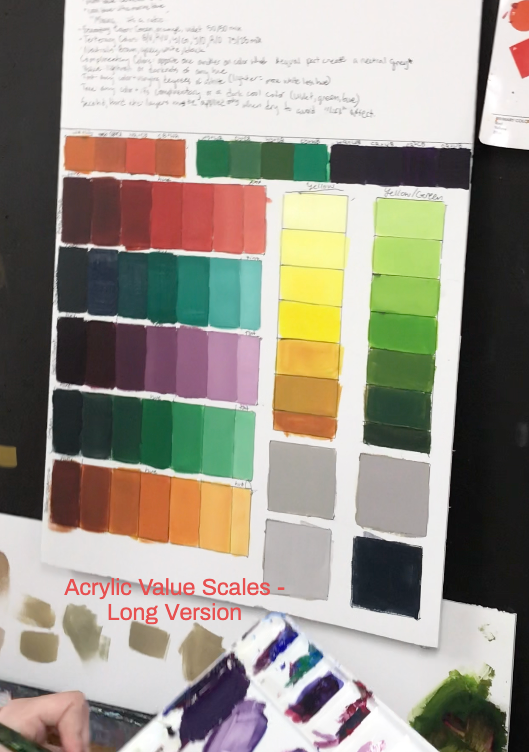
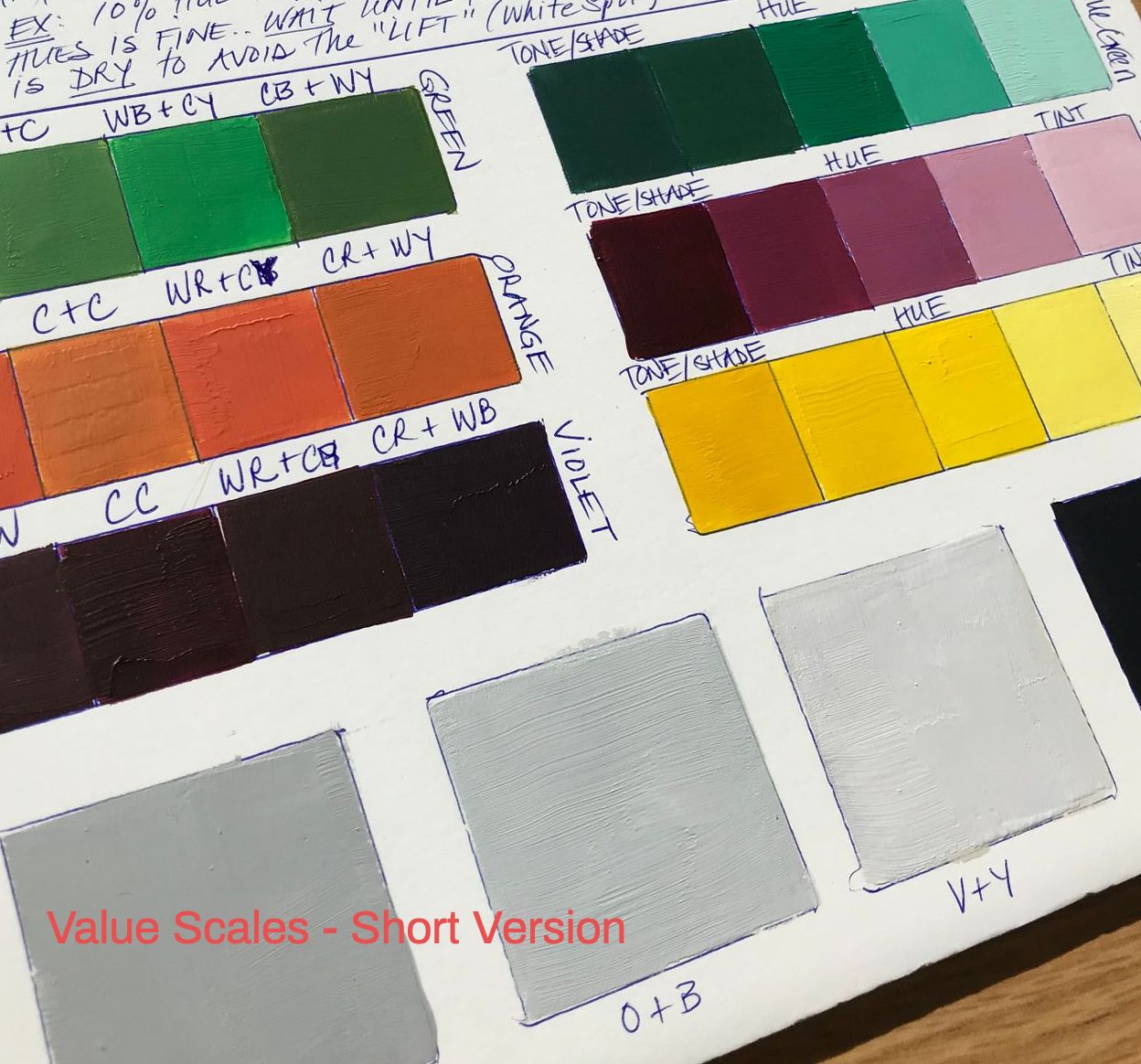
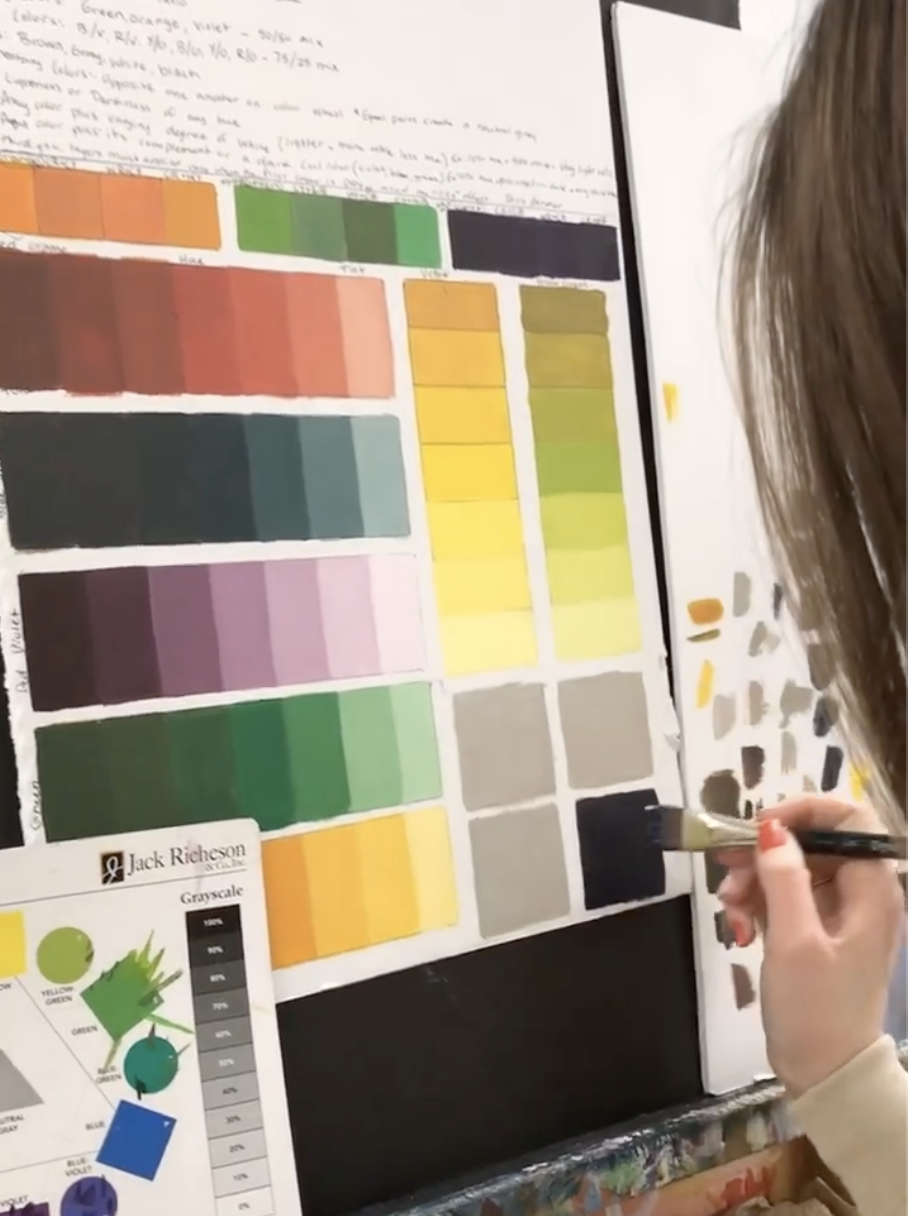
A Different Day 1: If I give these same students a set of paints and tell them to paint something at the start of the semester – paint to a prompt or even to paint from reference – it will play out like this…a few kids will do great, they will naturally take to the medium and create something awesome (you know, the “artistic” kids).
The middle section of the class will limp along, trying to figure it out as they go while slowly making you insane with 500 questions that never seem to end (questions that you hear and think, “Isn’t this obvious??? Why are they asking me this???”)
The rest of the class (3-5 kids usually) will give up and take their frustration out on the art supplies, the classroom furniture – you know, the broken paint brushes, paint squirted out on tables in interesting phallic body parts, etc. – or by distracting the kids who are trying to work.
Outcome? Lots of wasted materials, lots of starting over, lots of questions, lots of Advil, lots of frustration, a few good paintings, and a fair amount of stress.
When I look at both of the above situations, if it’s the same group of kids in both scenarios, then why two totally different outcomes?
Number one, they’re kids. Number two, they’re people. When people are frustrated or confused, they act out or check out. Kids will do both. Take a minute and think about what we educators do when we are sitting in PD that we are not connected to and do not value…yep. Same thing.
Now let’s talk about painting. Finally, Fox.
Acrylic paint is a difficult medium to teach, as it dries very quickly, therefore, it is difficult to manipulate and maintain the paint’s viscosity. It is EASY to become frustrated, even with all the proper tools and instruction. As I like to say, “Acrylic is a Beast, but we can tame it.”
I evaluate the purpose of every assignment by starting with this question, “What do I want the students to learn?” Once I niche it down to the “What” I focus on the “How”.
With Acrylic Value Scales, the “What” is mixing hues, values, and chromatic neutrals and black, and how to apply those mixes to the canvas. The “How” is learning to load the brush, use the proper ratios that prevent wasted paint and maintain viscosity for neat and even application.
My kids always begin with the Acrylic Value Scales. Always. I never skip this lesson, as it is the most important in the entire acrylic painting experience. This is the “Getting to Know You” phase of the painter/paint relationship.
I am used to working with high school students. When introducing any new medium, I tell them that the first encounter – it’s always a Value Scale, even in Drawing – is where they have to learn what the media is all about – what to expect from it, what to do when it reacts a certain way, how to approach it, when to leave it alone, etc. Just like when they meet a new person. The medium is their new friend.
Meeting new people is intimidating, for some students it can be paralyzing. Working with art mediums is no different, especially for kids who do not consider themselves “artistic”. If you’ve read my classroom management philosophy blog post (Art Room Motivation), you know that I am about a win for everyone, not just the artistic kids.
If you ended up on my roster due to some scheduling meltdown and you had no intention of taking art, then guess what – YOU, my friend, are on my radar as someone who is going to get a win, whether you like it or not. Your success is my mission.
I’ve been known to say, “if you’re not ready to be fabulous, you better skee-daddle on down to Guidance and get a schedule change.” Interesting fact…nobody ever skee-daddles anywhere. ?
Is it me or is this blog post like a web of underground rabbit tunnels?
Acrylic Value Scales. There. We’re back.
And yet more Acrylic Painting Strategies for Success…
We only use the primary colors and Titanium White in my painting classes. Blick Studio Acrylics in the 8 oz. tubes, two brushes – a 1-inch flat Taklon water media brush and a No. 6 White Taklon Filbert – for the Value Scales and the Impossible Shape Project we use 3/16 inch foam board. We move to stretched canvases for the Acrylic Vektor Painting.
This ends up being extremely cost-effective because we are not purchasing any secondary colors, tertiaries or black paint. Using proper mixing ratios also helps reduce paint waste drastically.
The logic of beginning the semester (or year) with the Acrylic Value Scales Project is simple. If I teach the kids to mix every hue (and darks and lights of each one), as well as how to mix a chromatic black, AND I teach them exactly HOW to keep the paint viscous so they can get a nice clean application, then I will have a skills foundation from which to build increasingly challenging projects. (If/then Logic Statement)
One more bit of logic – if they master painting on foam core – which they always do – then when they finally paint on a canvas they find it so easy to manipulate the paint and keep it viscous because they have been fighting the fast-drying character of foam board. My work daughter – Chelsea Ranno (Ranno Ceramic & Art on TpT check her out!) tells me I’m hateful for making the kids paint on foam board, but the benefits far outweigh the fast absorbency.
Someone asked me once why the Value Scales are so in depth – why do they have to paint so many? It’s so boring. Aren’t they bored???
I think this person’s issue wasn’t that they thought the kids were bored, the teacher was bored. Spoiler Alert. Watching the kids paint value scales for 5 days is NOT exciting. There is no mind blowing concept here. Nobody is changing the world with this project.
What is happening is far more valuable than world changing concepts. Skills are being developed. Confidence is being built. Kids are starting to believe they are artistic, especially the ones who got stuck in the class. A community of artists is emerging, and they are beginning to feel invested in the process and the studio space.
When the investment in the process and space is set and the artistic confidence grows, certain things begin to disappear. Mismanagement of time, destruction and waste of materials, lack of respect for the space. Again, this is a logical progression. People who are truly invested in a process and space naturally want to belong to it.
A lot of it has to do with language. I call my students Artists. I call our space a Studio. I refer to our class as Studio Time. I refer to the paint as Media. I constantly compare my artists to college students, telling them that they paint on a collegiate level. I speak progress and promise every single day. Words of affirmation are like a cement foundation. Strong enough to hold any challenge. I also take nothing personally.
Because we have built an atmosphere of confidence and investment, if there is a situation where someone is “out of sorts” or “out of character” with behavior, I take them aside privately and we talk about what’s going on outside these four walls, because this behavior does not align with our studio culture – which is just to BE FABULOUS, at all times in all circumstances within these walls (this is the one and only “Goal” in my No Syllabus/Syllabus)
We are constantly building an atmosphere of excellence, rooted in the idea that we are a family. A team. With the same goal. To be Fabulous. Always. We come in every day with the intent to work toward this goal, coming alongside and supporting one another until everyone reaches the goal. I have been teaching for 13 years. I have called administration twice in 13 years to address a problem – both times had absolutely nothing to do with what was going on in class.
Back to Value Scales. We’re almost done, I swear.
The biggest student wins from the Acrylic Value Scales are (in no particular order):
- Mixing secondary and tertiary hues that are far more gorgeous than anything you could squirt out of tube
- Mixing chromatic neutrals and black – HUGE confidence boost
- Mixing using ratios that do not waste paint
- Learning to control paint viscosity for even distribution and application
- Familiarity with paint names
- No pressure/No stress/No discouragement – “It’s only a rectangle”
Famous “Foxism”:
“What’s the WORST thing that can happen? You mess up a rectangle? You paint over it? So what? Paint over it. You know what painting over it tells me? That you give a shit.”
The payoff from beginning the semester with Value Scales is nothing short of mind-boggling. Honestly, I say that with all sincerity. At the end of the first semester I couldn’t believe how far the students had come. They couldn’t believe it. They kept saying it over and over, “Holy crap, I can’t believe I painted that.” I heard it all the time. Especially from the kids who got “stuck” in the class.
These paintings are by kids who had never painted before and ended up loving to paint. ?
(Click on images for art project details)
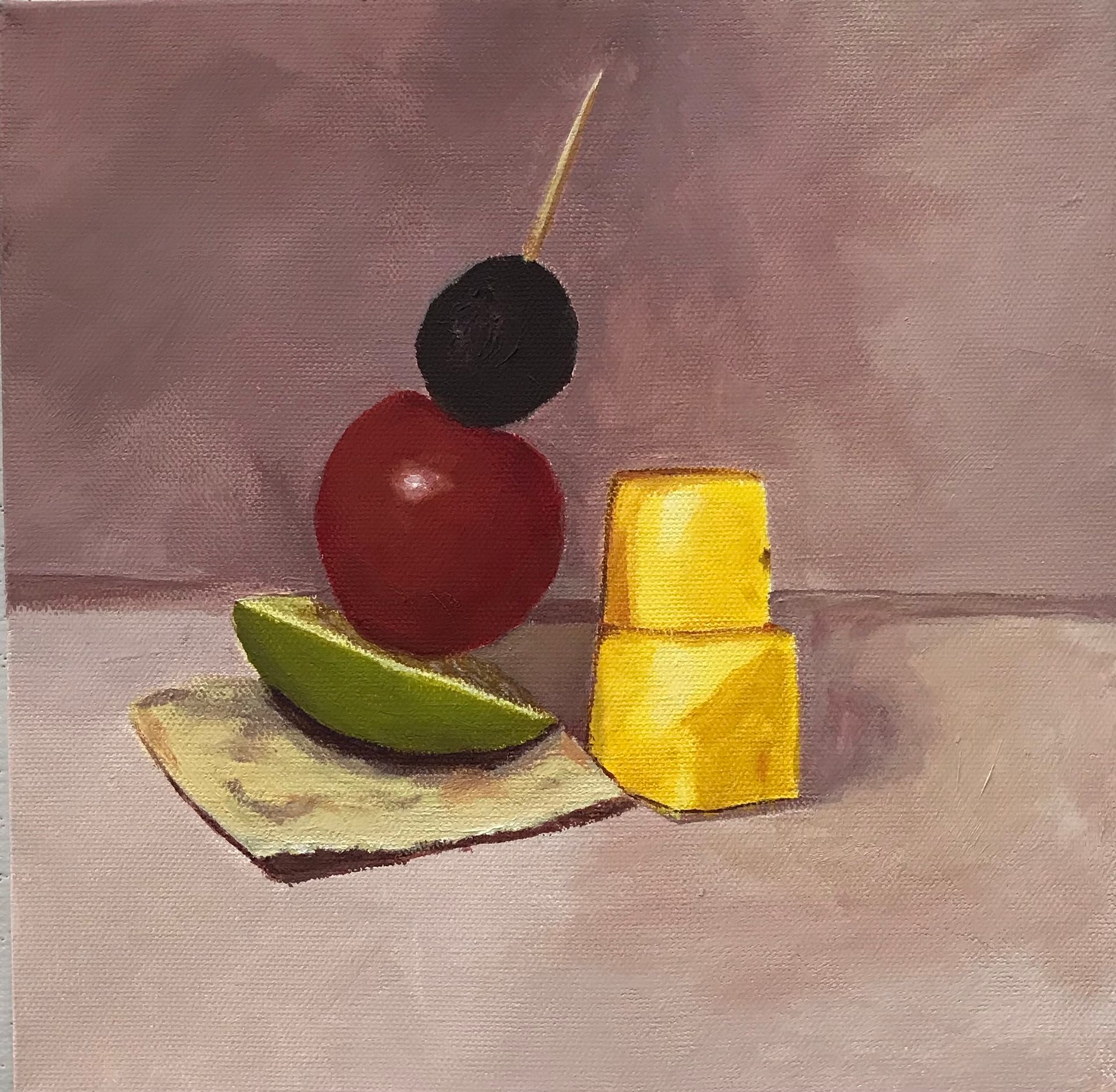

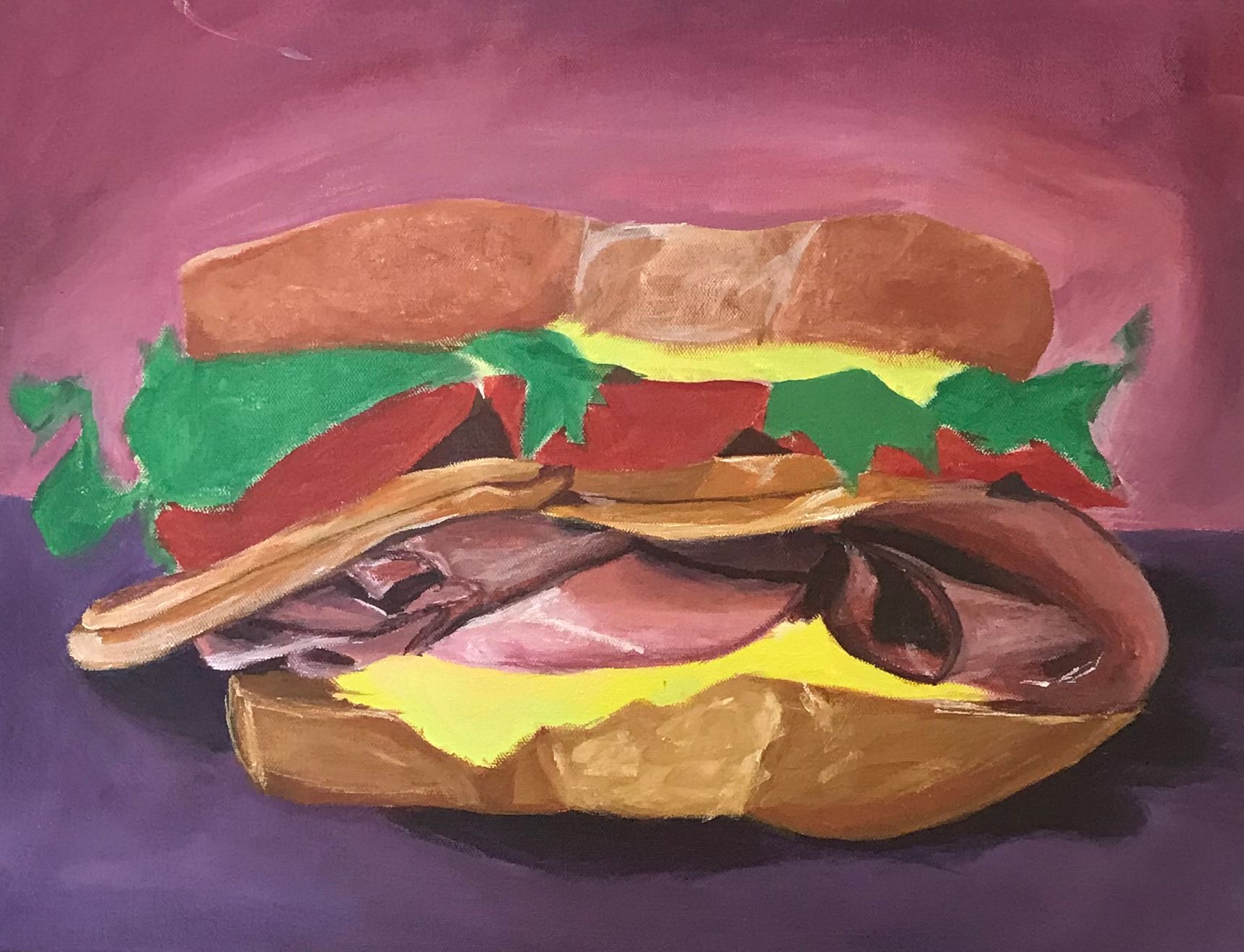
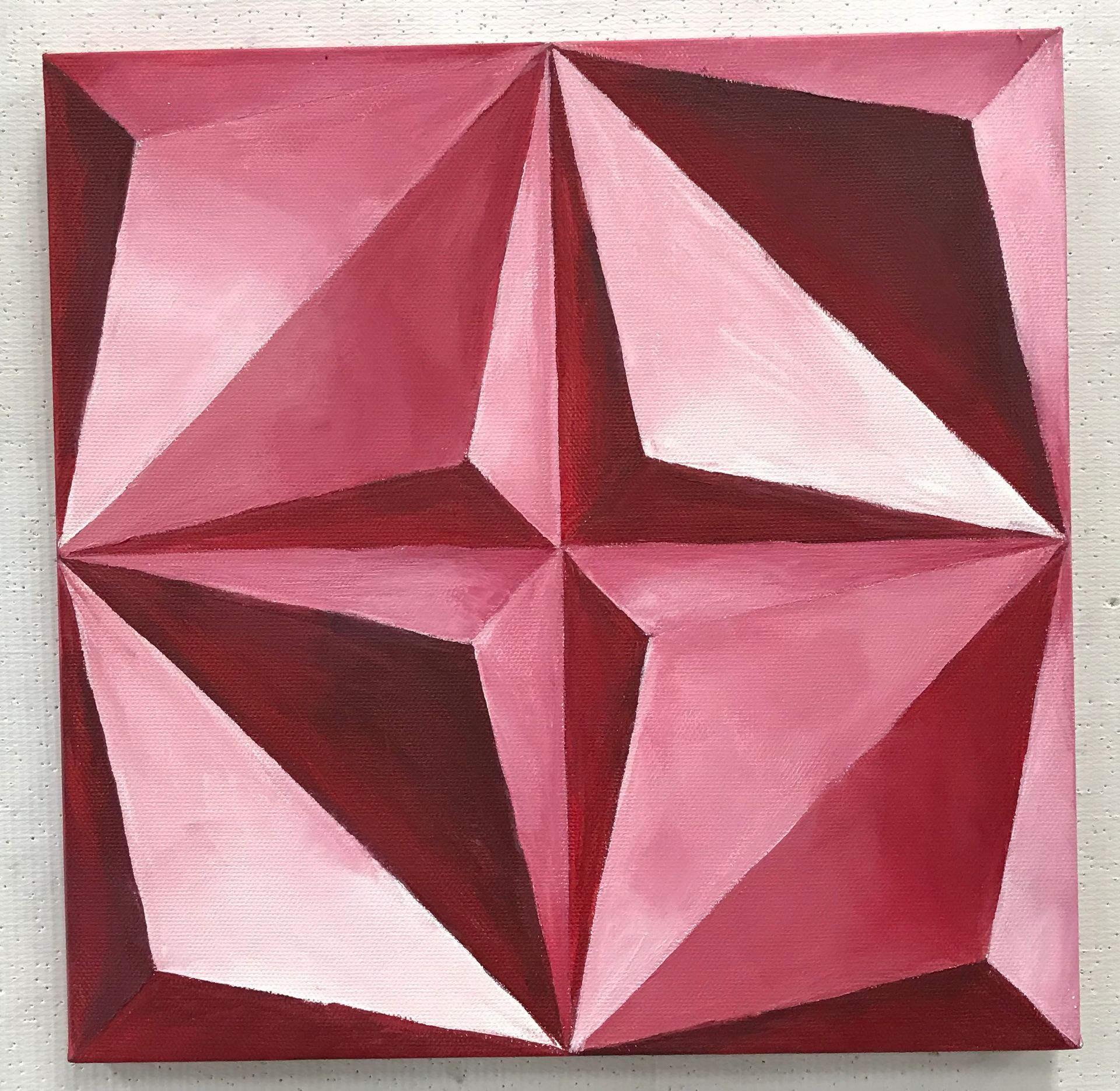

There is also a gallery of Acrylic Student Work on the homepage of this website – if you are not on my email list, go there now, check out this FREE Acrylic Workshop, and subscribe.
I send a weekly newsletter on Sundays, “The Weekly Fabulousness”, with teacher freebies and first dibs on future free and paid workshops.
You can view tons of student work and see MrsTFox Resources Art Projects in progress on both my Instagram @mrstfoxresourcs and my Pinterest MrsTFox Resources
I just made my YouTube debut (this is where the free workshops go when the live zoom sessions are over) please subscribe to my channel for all the Art Teacher content – lots more on the way!
Supply Sourcing Links:
Acrylic Paint – 8 oz. tubes – Blick Studio Acrylics except for Cad Yellow Light Hue:
- Cadmium Red Deep Hue
- Alizarin Crimson
- Cerulean Blue Hue
- Ultramarine Blue
- Primary Yellow
- Cadmium Yellow Light Hue (Speedball brand)
- Titanium White
Brush:
Painting Surface:
Be Among the First to Know
Please join my email list for “The Weekly Fabulousness” Newsletter, and get cool Art Teacher Freebies, new and updated product info, and Art Educator PD Workshop Dates (email subscribers get first dibs on seats!)
Not sure you’re interested in being on the list?
Check out my teaching style with a FREE Mini-Workshop!
Each one comes complete with classroom resources. Take all six!
Choose from these FREE workshop topics:
- Colored Pencil Basics
- Colored Pencil Skin Tones
- How to Draw the Human Eye
- Art Task Cards – Drawing on a Grid
- How to Draw Ice Cream
- Acrylic Painting Basics
Thank you for stopping by!
Have a fabulous day,
tiff 🙂
paint on walls with acrylic, something to paint, paint ideas, van gogh, watercolor paint, start painting, paint for beginner, exterior walls, apply acrylic paint, wall with acrylics, beginner artists, easy painting ideas, matte medium, night sky, easy things to paint, coat of acrylic, water based, practice painting, paint for walls, interior wall, easy things to paint for beginner artists, wall painting, matte finishes, brush strokes, large areas
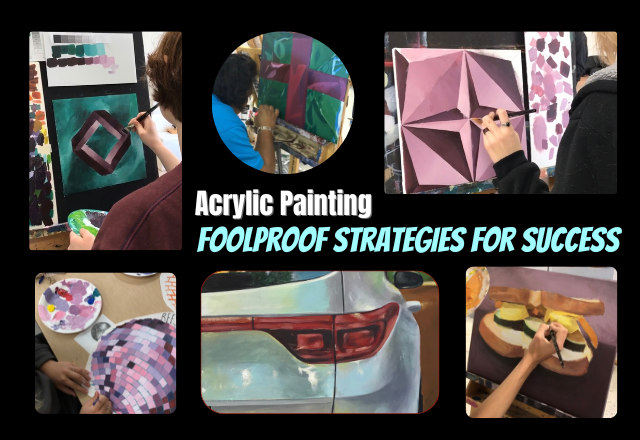
Share This Post